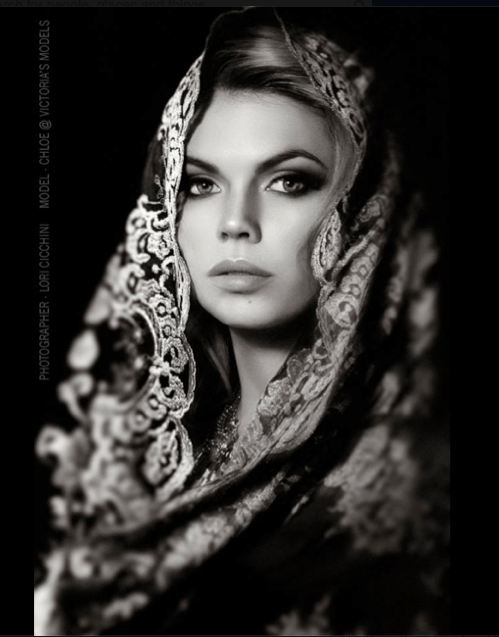As a photographer, one of the most rewarding parts of my job is meeting new people who are coming into the modelling industry and watching them grow and flourish into their successes. It can, for some people, seem to be a daunting experience to first step in front of the camera and be photographed, especially if the photographer is someone you have only just met. It is without a doubt a special bond we share and in the end it’s all about confidence because you are feeling comfortable in your environment. The key to this is not only communication but also understanding what is being asked of you as a model.Photography work as a model may come in a number of ways and can be described as commercial/advertising for products and services and/or artistic concepts.The most sought after models will be the ones who are versatile with their look. So what does that mean exactly?
Let’s look at photography for fashion. There are three main types:
1. Look book – catalogue style where the model will be required to perform a number of different poses. These poses can vary depending on the garments being worn. Some styles lend themselves to be quite static, others will require flow and movement to show off the feel of the fabric and perhaps even the environment and consumer for which the designer is catering. This type of fashion photography is usually the most common to step into but by no means the easiest to master.
2. Editorial – this is usually a spread for media, whether it be for social media or print magazine the approach is the same. An editorial fashion shoot will have a story, whether it be linear or conceptual, it sets the scene for a style. The style is usually determined by the photographer or creative director from which the team draws inspiration and storyboards are formed. Editorials will require not only posing techniques but also acting, therefore it is essential for the model to understand the mood set for the shoot.
3. Campaign – this type of photography is usually a one off image, and in some cases can be a bigger effort than an editorial fashion shoot. The purpose of a campaign shoot is to produce an image which is about a feeling or message. The creative director will have a ‘tag line’ which is the focus of the shoot, the wardrobe/designer is not always the star as it is in the Look book or Editorial and in most cases can be quite conceptual. Again, depending on the brief from the client, this type of fashion photography will require posing and/or acting from the model.
The most useful research for a model is to become aware of their own bodies, features and expressions. There are fundamental guidelines with composition with the human body, but they can tend to be useless if we don’t know how to
interpret them to our own body types. Stand in front of the mirror regularly and study your form and shape, become familiar with your ‘go to’ poses and work on building a catalogue of styles so that you have numerous ways to shape your body. Study your facial expressions, and most of all study your hands. Hands can make or break an image, keep them away from your face until you become confident on how to shape them. Learn where to place them so that they are flattering rather than “posed” and look awkward.
The key to success is “research, analyze and practice what you have learnt” – the only way then is forward.
The Model and the Photograph
21
Aug

